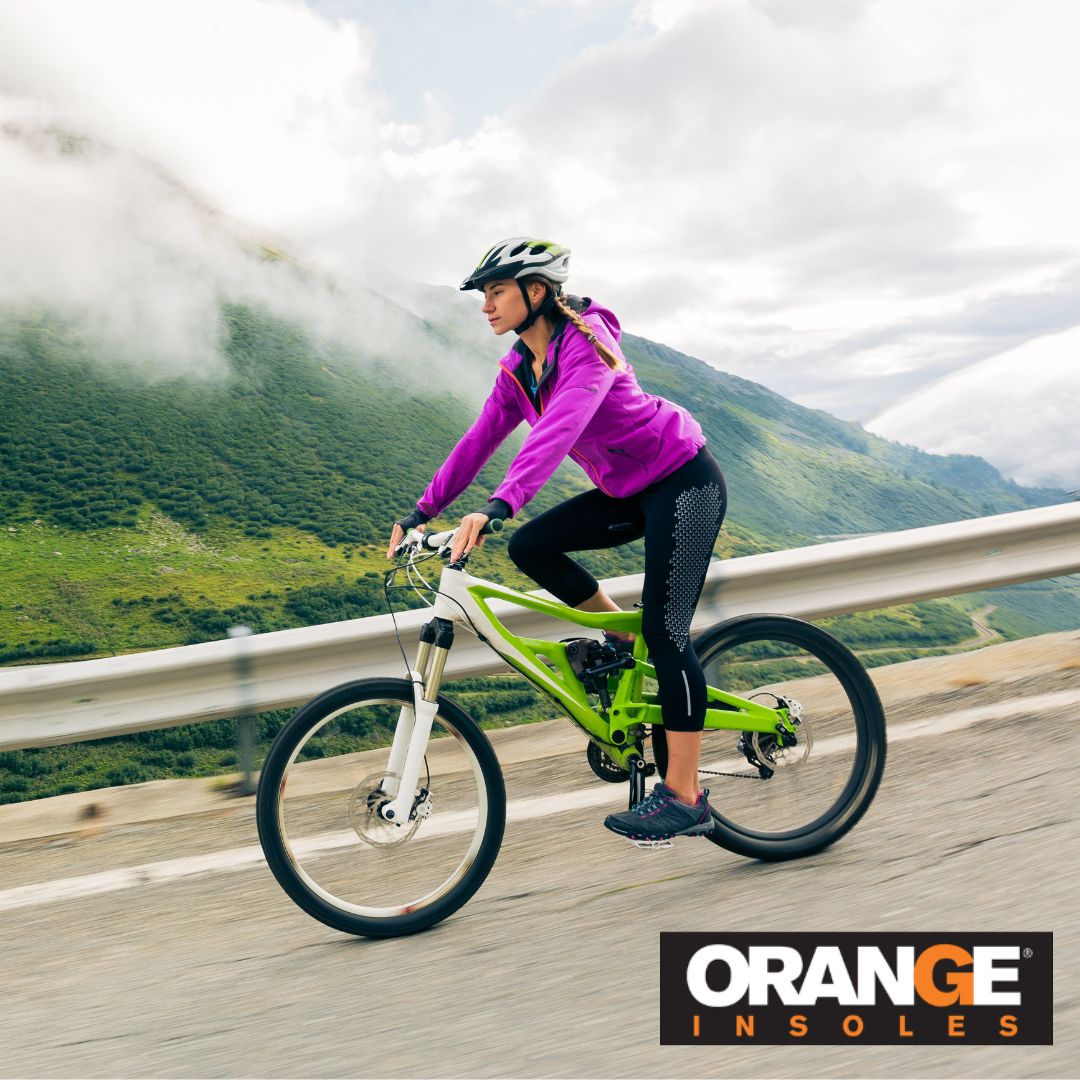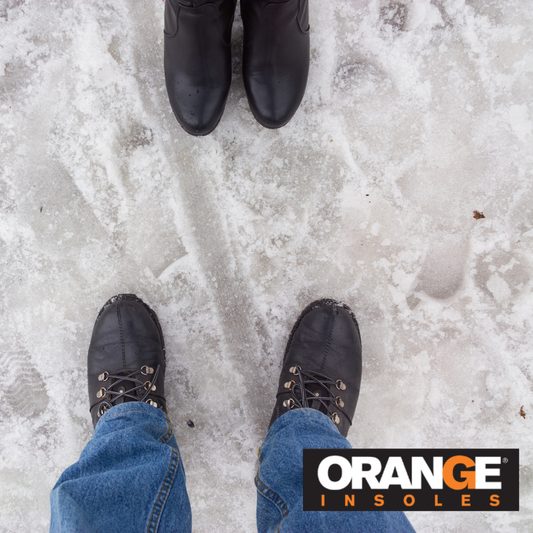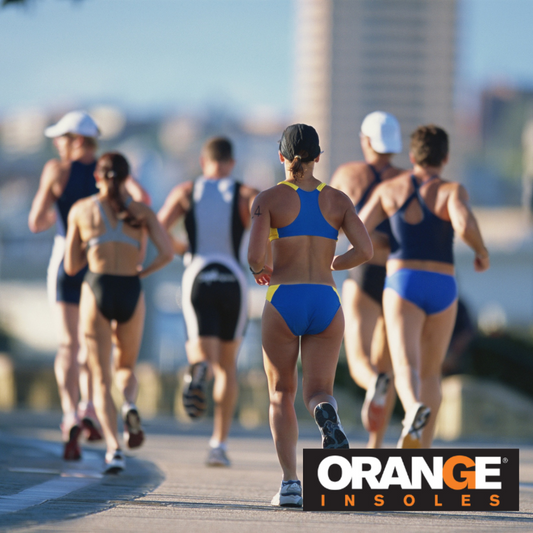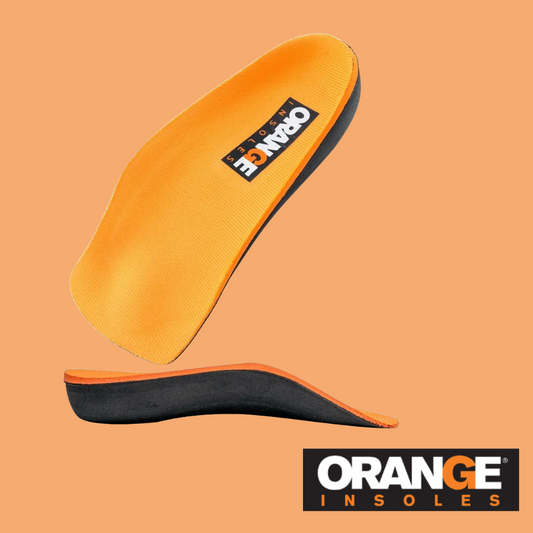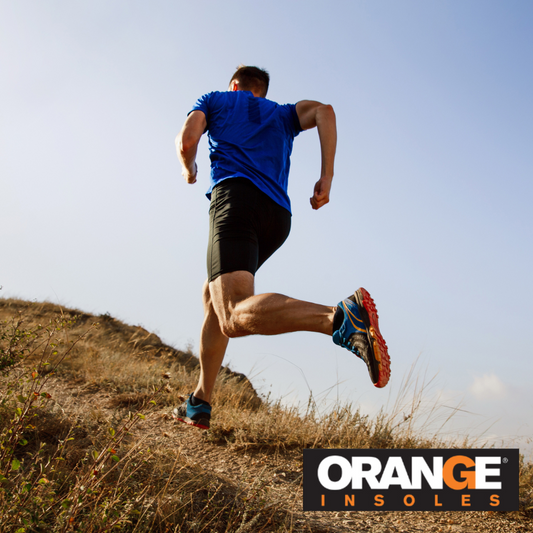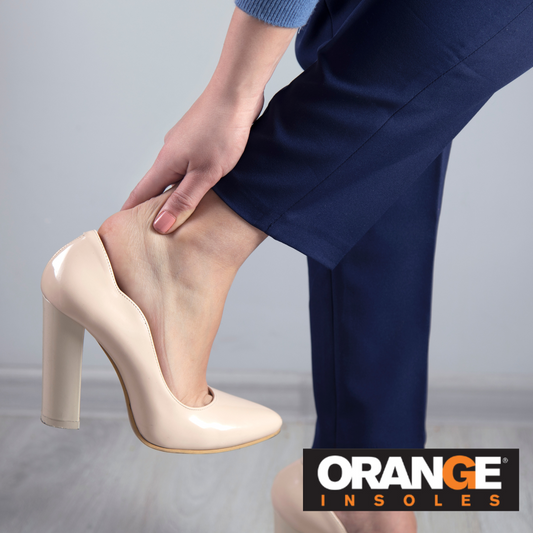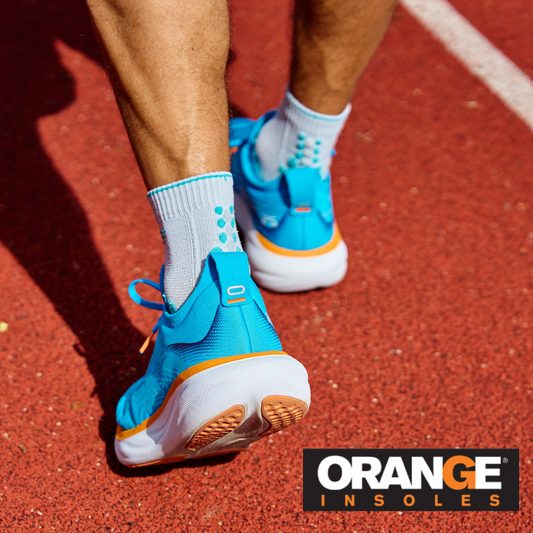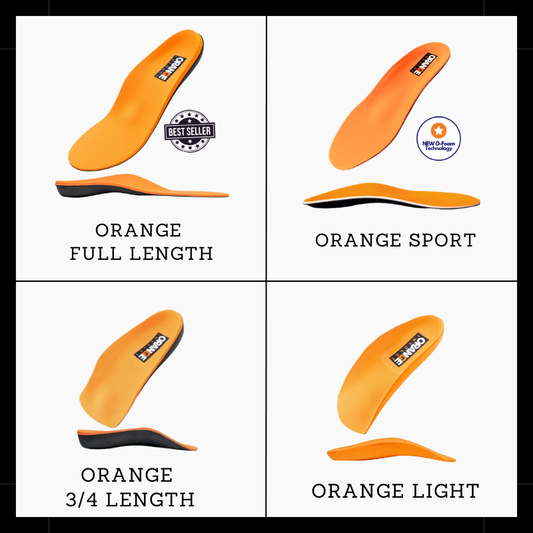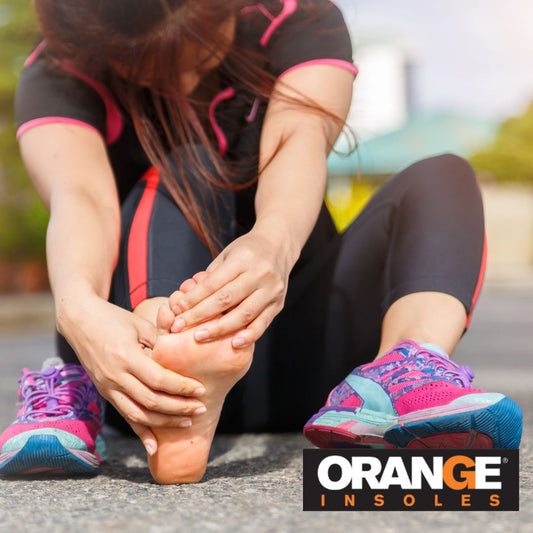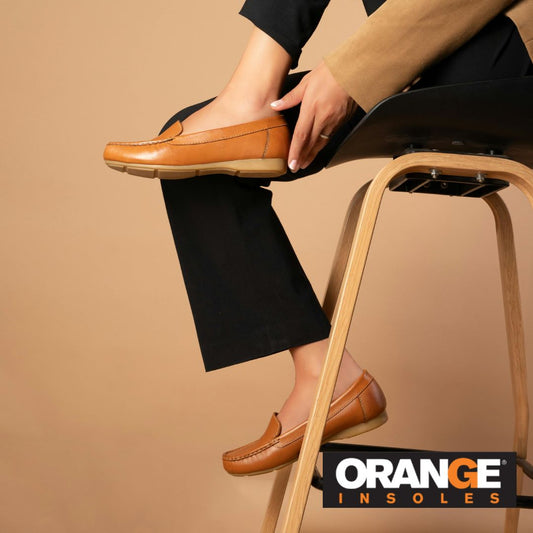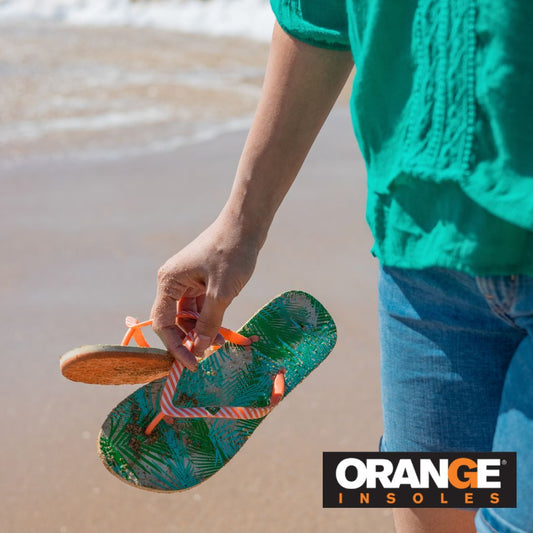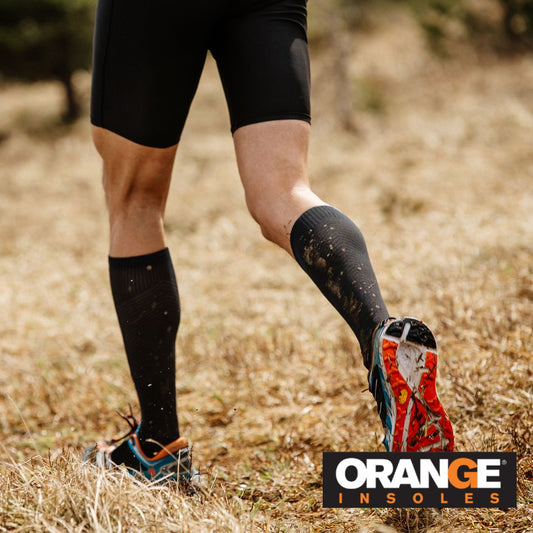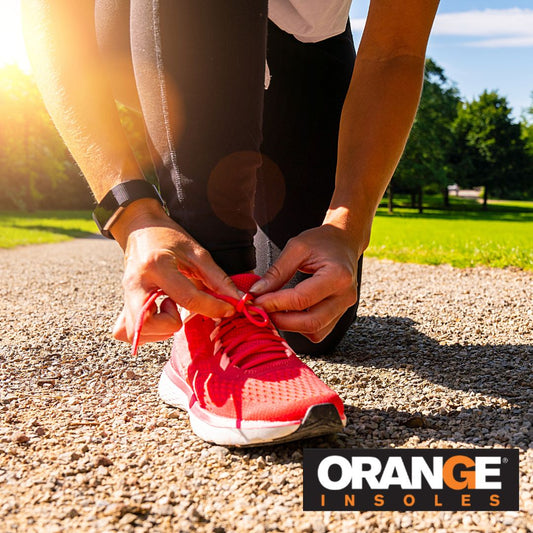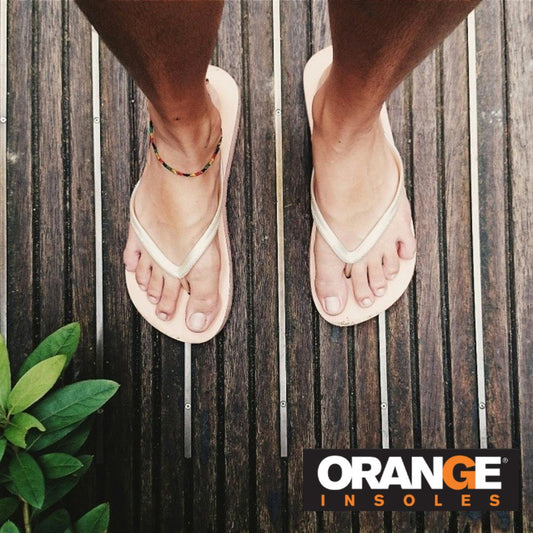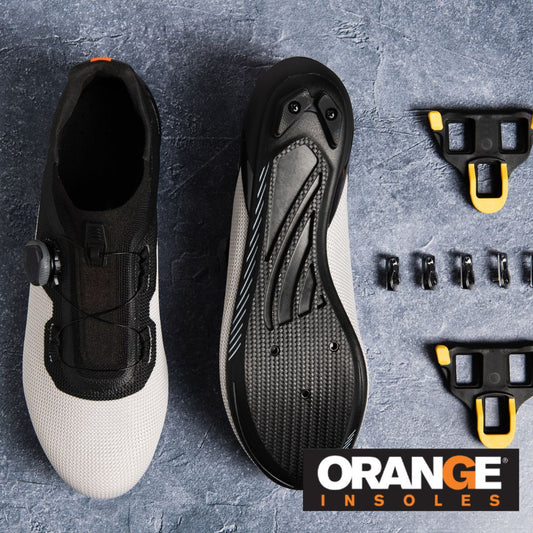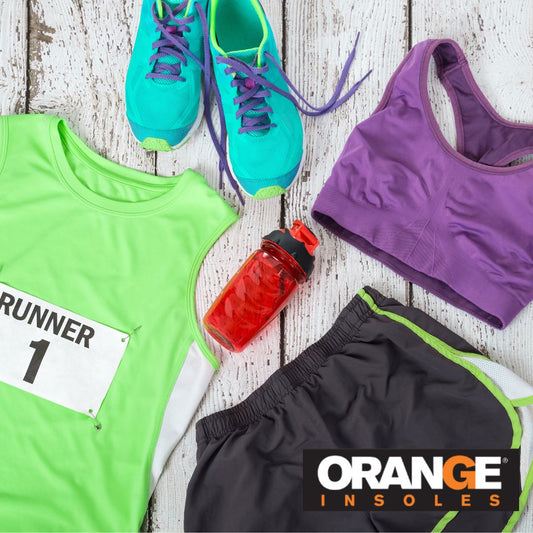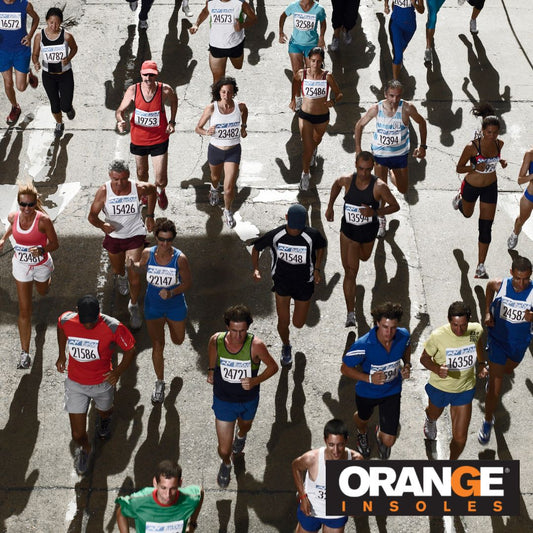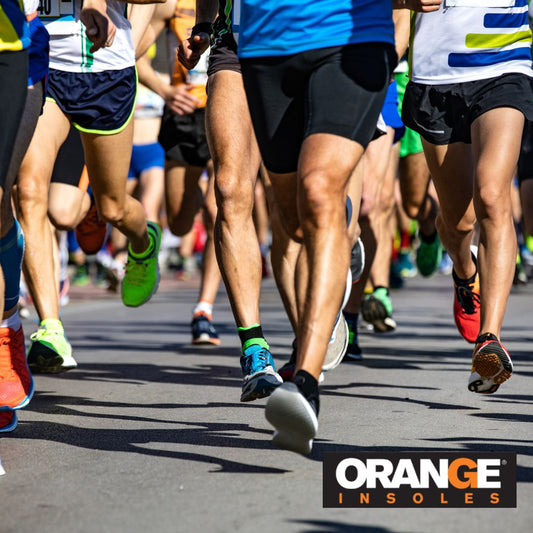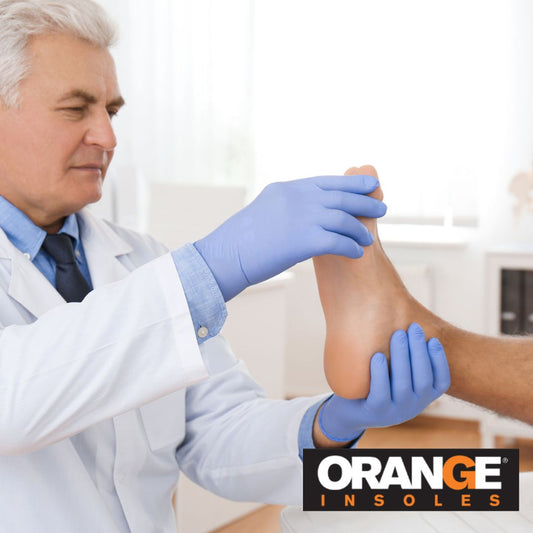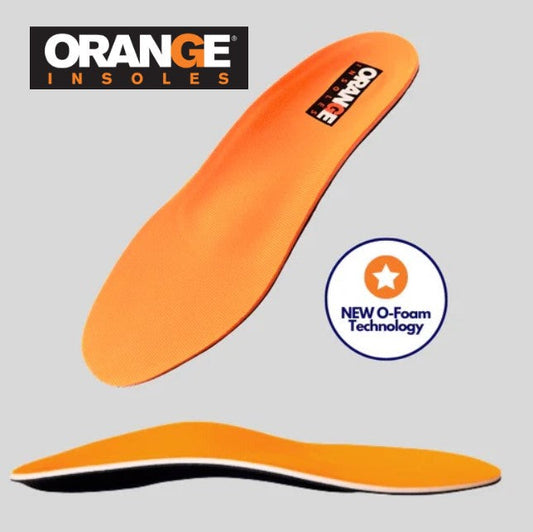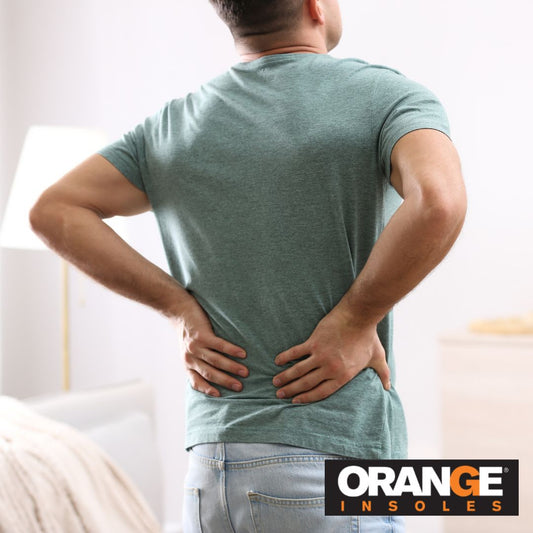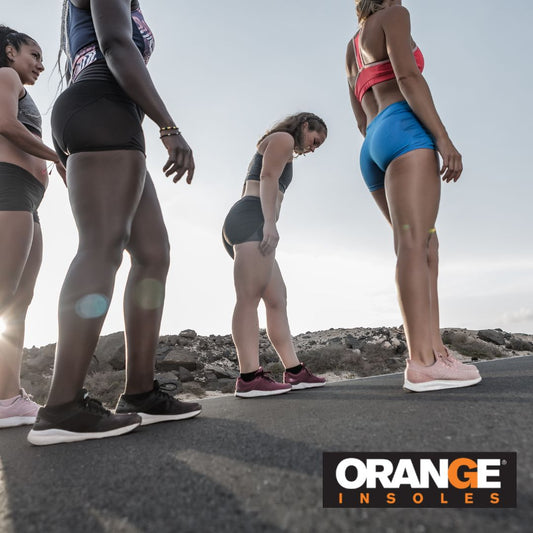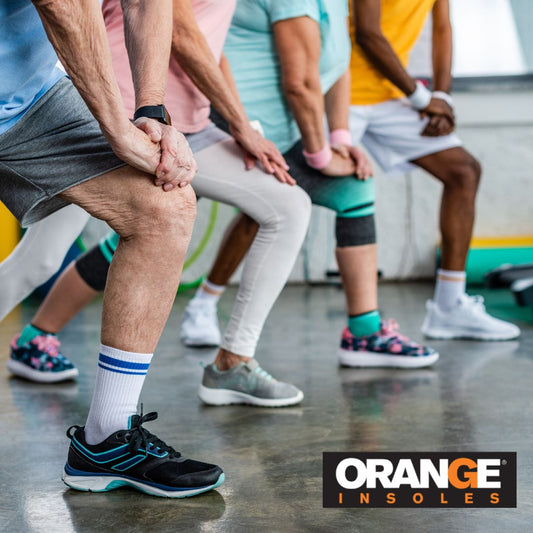The sport of cycling has always been about innovation and optimization. You will find cyclists optimizing every aspect they can such as their bikes, bike parts and even what they wear (improving for aerodynamics). But no matter how good your equipment is, cycling is about endurance. Here we provide tips to improve how long you last on your bike.
1. Build a Strong Foundation
Before you aim for longer rides, it's crucial to build a solid foundation. Start with shorter, more manageable rides and gradually increase your distance and intensity. This approach helps your body adapt to the physical demands of cycling and reduces the risk of injury.
2. Maintain Proper Nutrition
Fueling your body with the right nutrients is essential for endurance. Focus on a balanced diet rich in carbohydrates, proteins, and healthy fats. Carbohydrates provide the energy needed for long rides, while proteins aid in muscle repair and recovery. Don’t forget to hydrate properly before, during, and after your rides to prevent dehydration and maintain performance.
3. Optimize Your Bike Fit
A well-fitted bike can make a significant difference in your cycling endurance. Ensure your bike is adjusted to your body’s dimensions, including the saddle height, handlebar position, and pedal alignment. A professional bike fitting can help you achieve the optimal setup, reducing strain on your muscles and joints.
4. Wear the Right Gear
Having the right gear is crucial for a comfortable and successful ride. Here's what you need to consider:
- Cycling Clothing: Wear moisture-wicking clothing to keep you dry and comfortable. Padded cycling shorts can reduce chafing and saddle sores, while a good cycling jersey can offer pockets for easy access to snacks and essentials.
- Helmet: Always wear a helmet for safety. Ensure it fits properly and is certified for protection.
- Gloves: Cycling gloves can improve grip, reduce hand fatigue, and protect your hands in case of a fall.
- Sunglasses: Protect your eyes from the sun, wind, and debris with a good pair of cycling sunglasses.
Insoles: Boosting Your Performance
With athletes always wanting the best performance possible, it’s rather common to find them wearing insoles. Here’s how adding insoles to their cycling shoes can be beneficial:
- Enhanced Comfort: Insoles provide extra cushioning, which can help reduce foot fatigue and discomfort during long rides. This can be particularly beneficial if you experience hot spots or pressure points.
- Improved Foot Support: Insoles offer better arch support and alignment, which can help distribute pressure more evenly across your feet. This can prevent common issues such as overpronation and supination, leading to a more efficient pedal stroke.
- Reduced Muscle Fatigue: By providing better support and alignment, insoles can help reduce the strain on your muscles, allowing you to ride longer without feeling as fatigued.
- Injury Prevention: Proper foot support can help prevent injuries such as plantar fasciitis, Achilles tendonitis, and knee pain, which are often caused by poor alignment and support.
Adding insoles to your cycling shoes is a simple yet effective way to enhance your comfort and performance, allowing you to ride longer and more efficiently.
5. Incorporate Strength Training
You’d think that more core cardio is the solution but weight lifting actually helps cyclists gain more strength for the ride. Strength training is crucial for building the muscles needed for cycling endurance. Focus on exercises that target your legs, core, and upper body. Stronger muscles can handle longer rides and improve your overall cycling efficiency. Include squats, lunges, planks, and resistance training in your workout routine.
6. Develop a Training Plan
Having a structured training plan is essential for building endurance. Include a mix of long rides, interval training, and recovery rides in your plan. Gradually increase the duration and intensity of your rides to build stamina over time. Remember, track your progress so you have an awareness of your performance improvement. Consistency is key, so stick to your plan and trust the process.
7. Focus on Your Pedal Technique
Efficient pedaling is crucial for conserving energy and lasting longer on your rides. Focus on maintaining a smooth and consistent pedal stroke. Use a cadence (pedal revolutions per minute) that is comfortable for you, typically between 80-100 RPM. Avoid mashing the pedals and instead aim for a circular motion to distribute the workload evenly across your muscles.
8. Take Care of Your Body
Recovery is just as important as training. Make sure to get enough sleep, stretch regularly, and use recovery techniques such as foam rolling and massage to keep your muscles in good condition. Listen to your body and take rest days when needed to prevent overtraining and injuries.
Read more: Common cycling injuries
9. Mental Preparation
Endurance cycling is as much a mental challenge as it is a physical one. Develop mental strategies to keep yourself motivated during long rides. Break down the ride into smaller segments, set achievable goals, and use positive self-talk to stay focused. Visualization and mindfulness techniques can also help you stay calm and centered.
Lasting longer in cycling requires a combination of proper training, nutrition, equipment, and mental preparation. By building a strong foundation, optimizing your bike fit, wearing the right gear (including insoles for added support), and focusing on strength training and recovery, you can improve your endurance and enjoy longer, more fulfilling rides.
Remember, adding insoles to your cycling shoes can provide the extra comfort and support needed to enhance your performance and keep you riding longer. Happy cycling!




